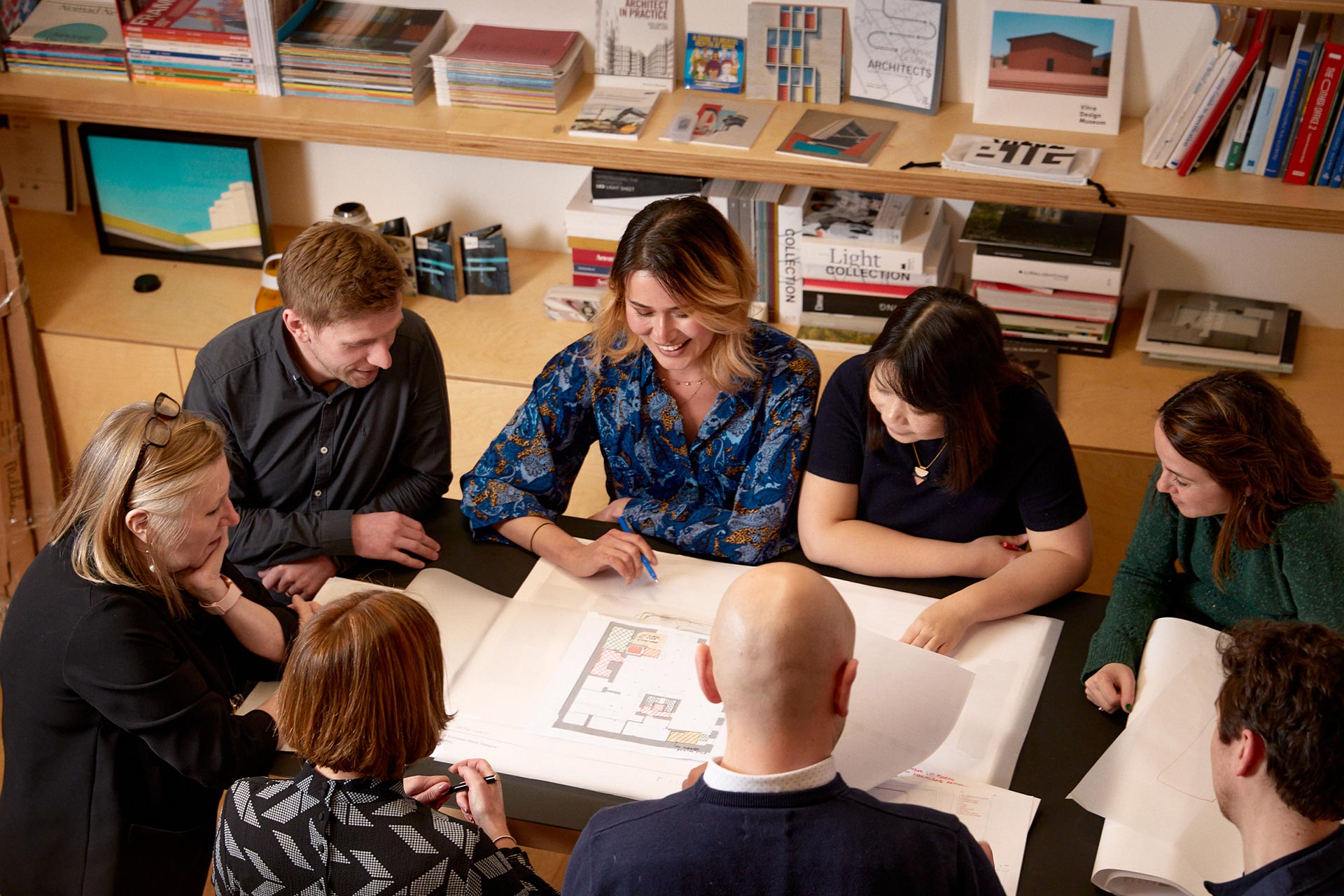Hybrid & Smart Working Benchmarking Research
“This is an evolution, not a final solution.”
Andy McBain, Head of Future of Workspace & Design, NatWest Group
Introduction
Michael Laird Architects and LOM Architects were jointly appointed to carry out a research and benchmarking study for the NatWest Group into understanding the current position of Hybrid and Smart working across a group of office occupiers. The study included organisations both in the public and private sector to understand the approaches taken to the challenges faced during and after the pandemic under different organisational structures and policies.
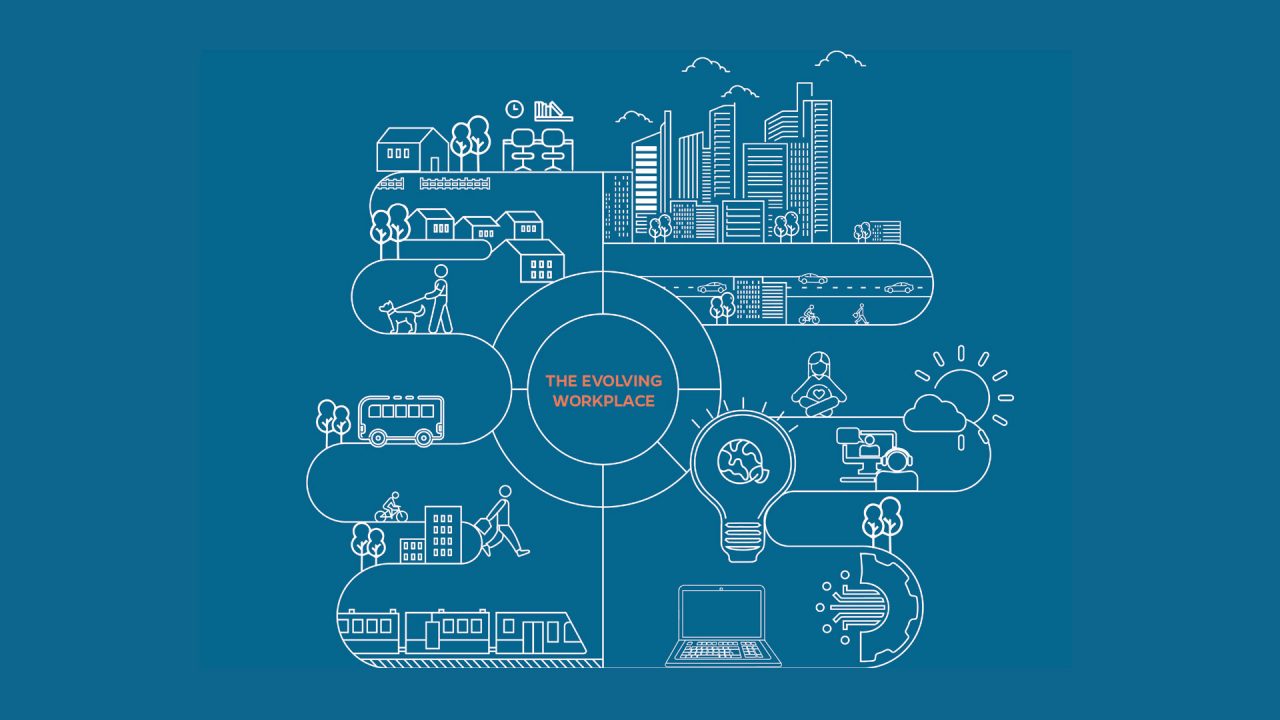
We approached the research by undertaking both quantitative and qualitative methodologies. The quantitative survey results allow us to gain a broad understanding of where the different organisations stand within the selected topics, whereas the qualitative roundtable discussion provided a more in-depth understanding into the strategies and considerations undertaken with the participant’s new ways of working.
If you would like to read the full report, please get in touch with our Consultancy Team.
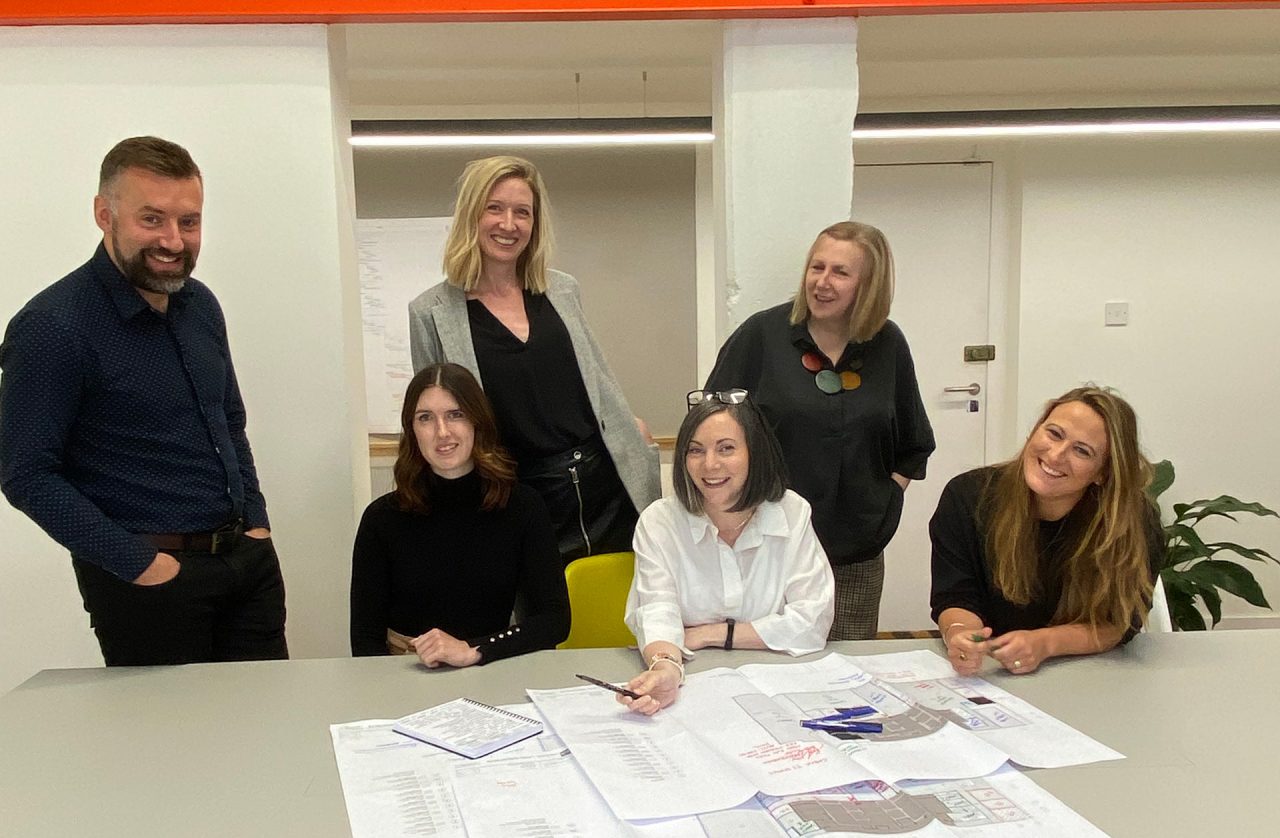
Colleague Experience
We asked:
Is your business changing or improving aspects of the workplace experience to respond to new working models?
What does it all mean?
The colleague experience is the experience we have with the place we work, the people we work with and the culture that is embodied within the company brand. It is recognised now that occupiers have to make the office a destination that people want to come to and that offers something more than home does. Each of the respondents are improving aspects of the workplace experience by creating opportunities to learn, socialise and take care of our physical and mental wellbeing within our workplace.
What are people saying?
“The concierge is needed for helping the building to have an identity and people having help with technology and adapting to different properties easily.”
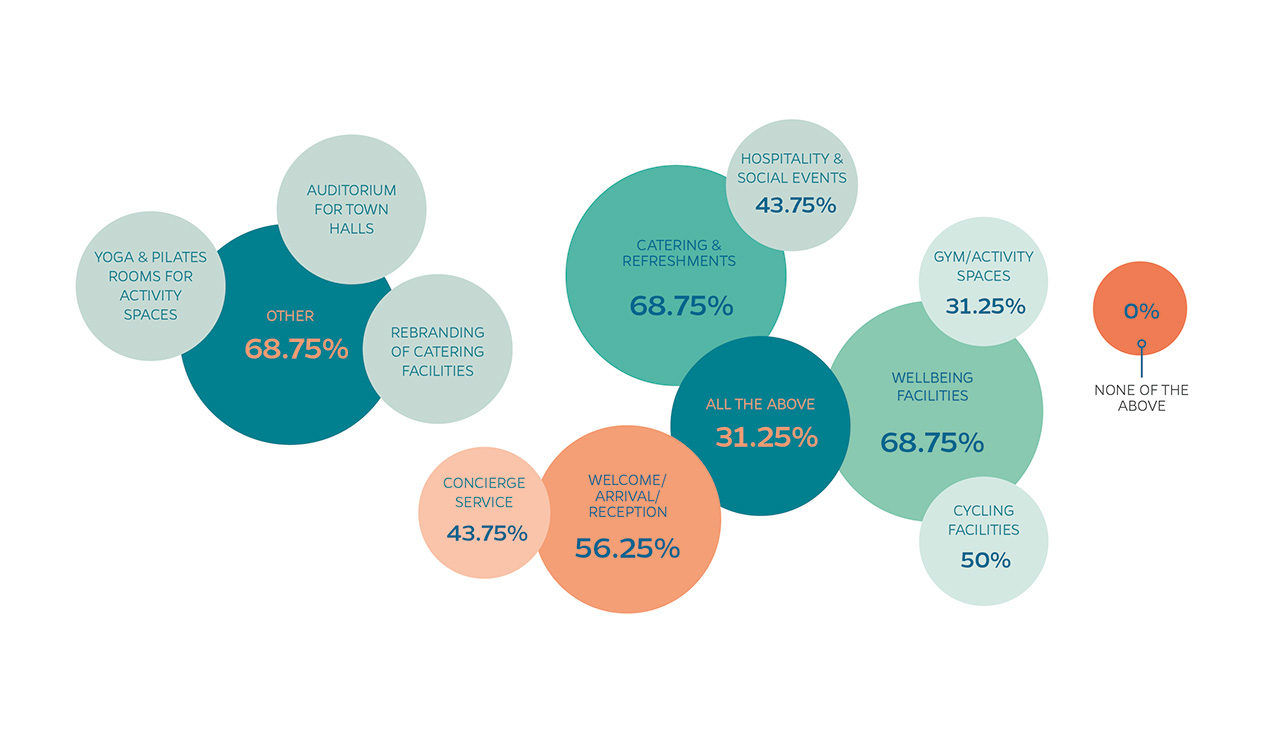
The Future
We asked:
What do you see as the greatest area of future opportunity for your organisation’s workspace in the next 2 years?
What does it all mean?
The bar chart says it all – there was a recognition from all participants that providing a better colleague experience, by providing more choice in the workspace and reducing carbon footprint are the areas of greatest opportunity.
What are people saying?
“As a professional services business, we need to make sure our people are as well supported to perform as well as possible – it’s all about the Employee Value Proposition – this includes location, flexible working patterns and talent retention.”
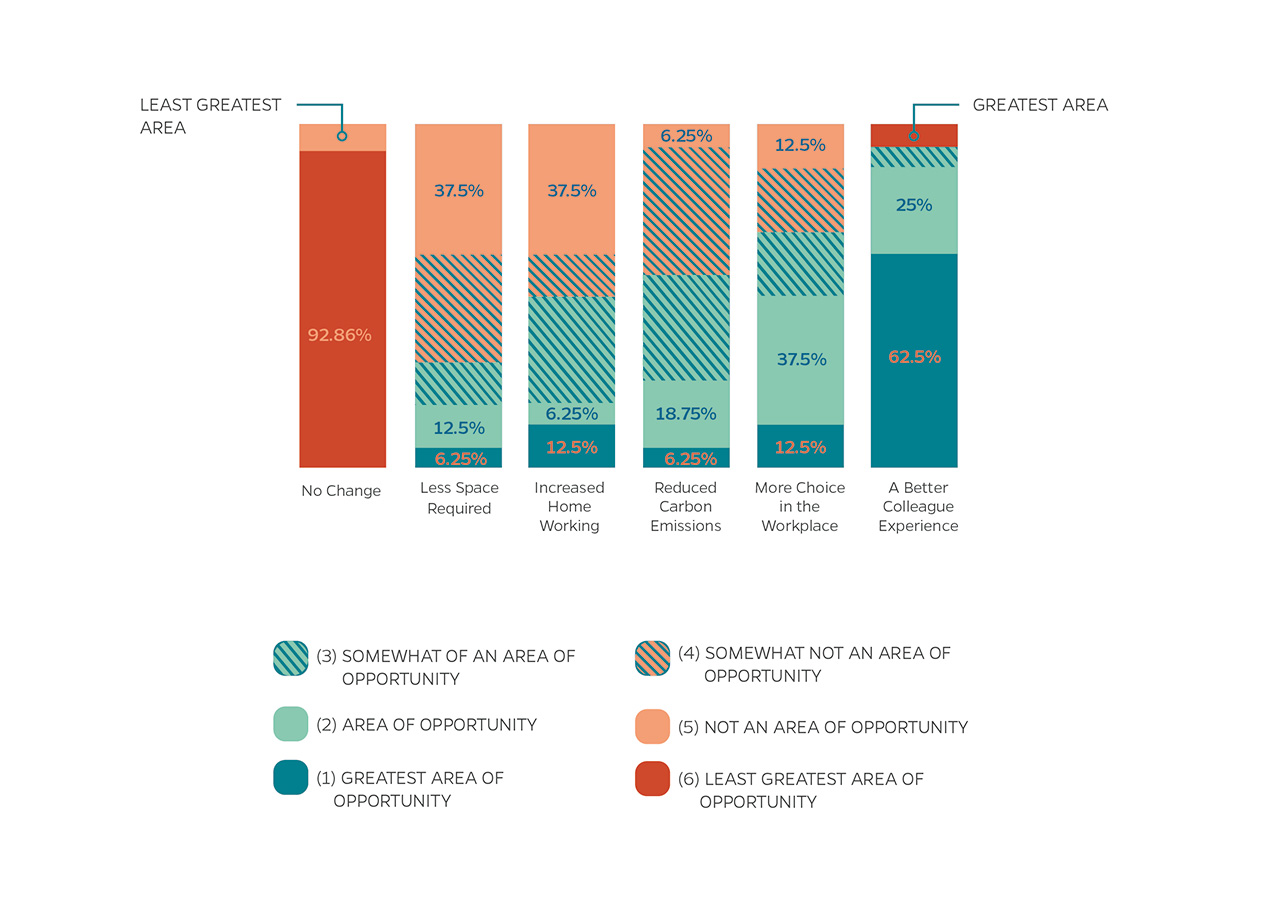
We asked:
What do you see as the greatest future challenge for your organisation’s workspace over the next 2 years?
What does it all mean?
Interestingly the Participants score creating A Better Colleague Experience as the most challenging – we believe that this is because they recognise that their desired colleague experience needs to be a holistic one – which not only tackles Place, but People, Technology and tying that into Business performance too.
What are people saying?
“Reducing our organisation’s carbon emissions are tied up in the poor performance of our landlord’s building. We occupy a building which is over 15 years old and not fit for purpose in the current market.”
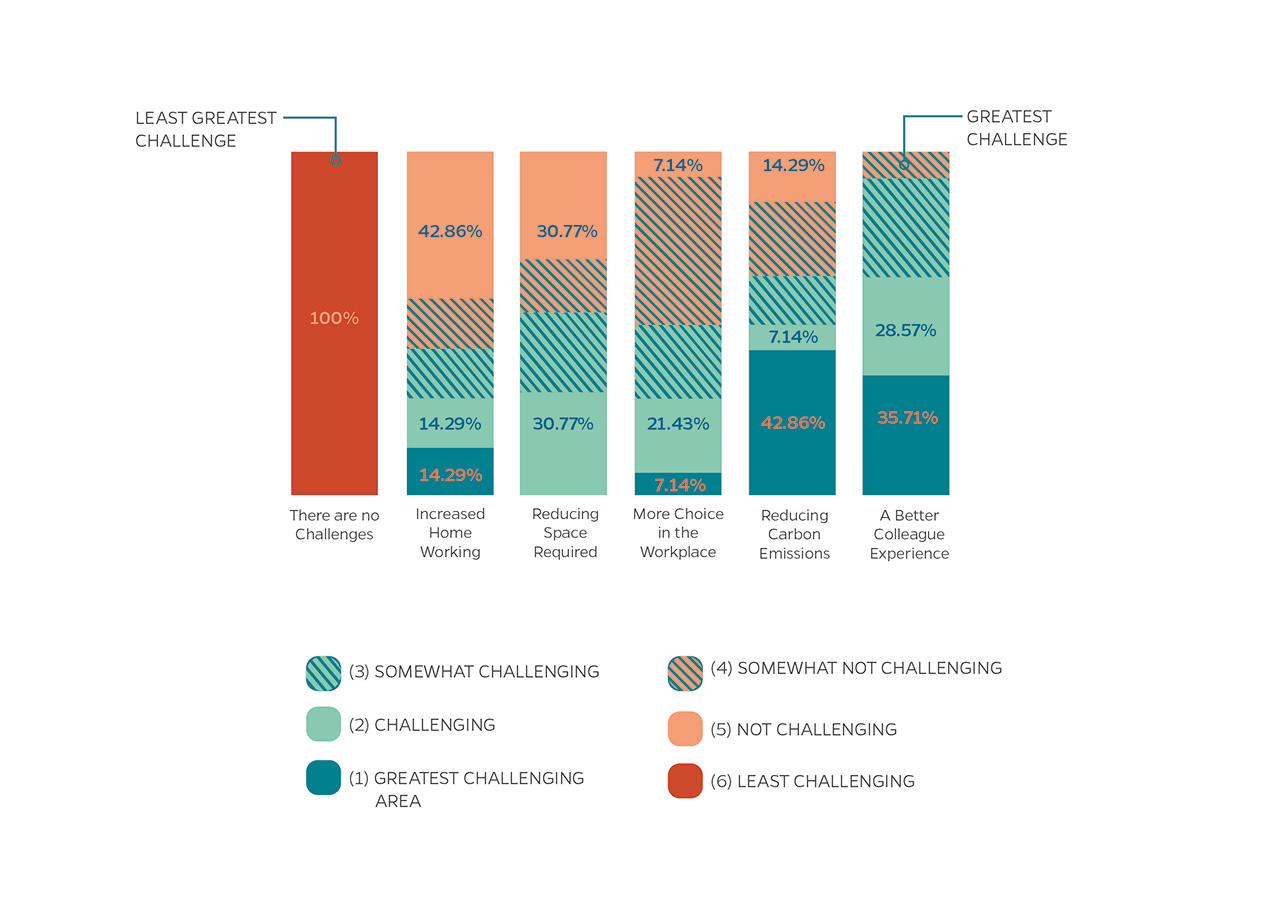
Outcomes
Whatever we create must be better or fill a gap in the working experience that the home doesn’t provide. People come into the office for six main reasons: Collaboration, Coordination, Innovation, Socialisation, Negotiation, and Learning.
Employee Value Propositions (EVPs) are more important than space. Staff attraction and retention is crucial — staff have returned to work with different expectations and demands for flexibility — hybrid working, shorter working weeks, location and technology. Will this be short lived (for example, if we go into recession)? Possibly, but in the short term the provision of more interesting, supportive and connected spaces is required.
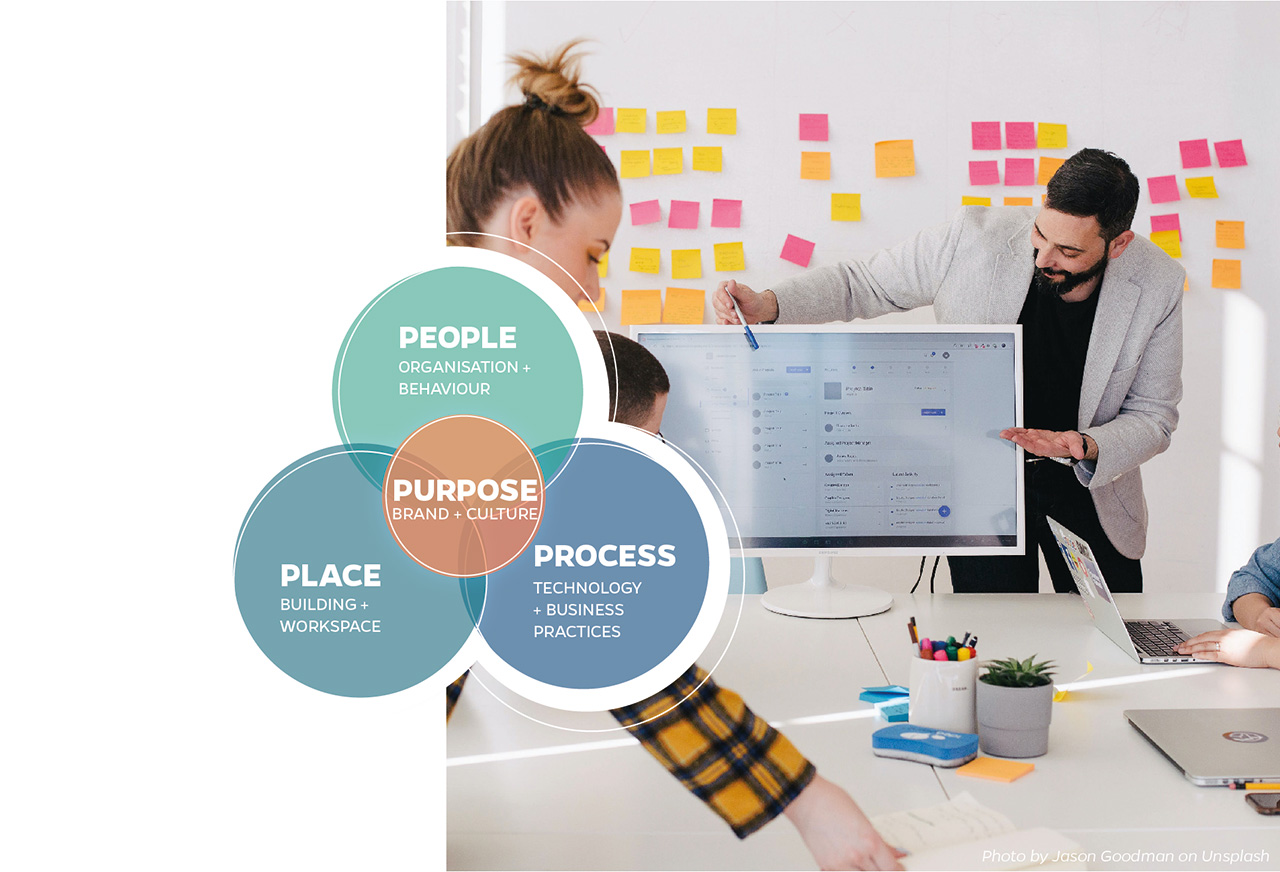
Experience, Culture & Technology
Colleague experience must also now include our interaction with technology—the overall experience is key; if the IT is insufficient or unavailable it can influence the employee’s view on the business and the company culture.
There are now support systems required for technology to ensure the experience is consistent and of a high standard regardless of location – inclusivity is key.
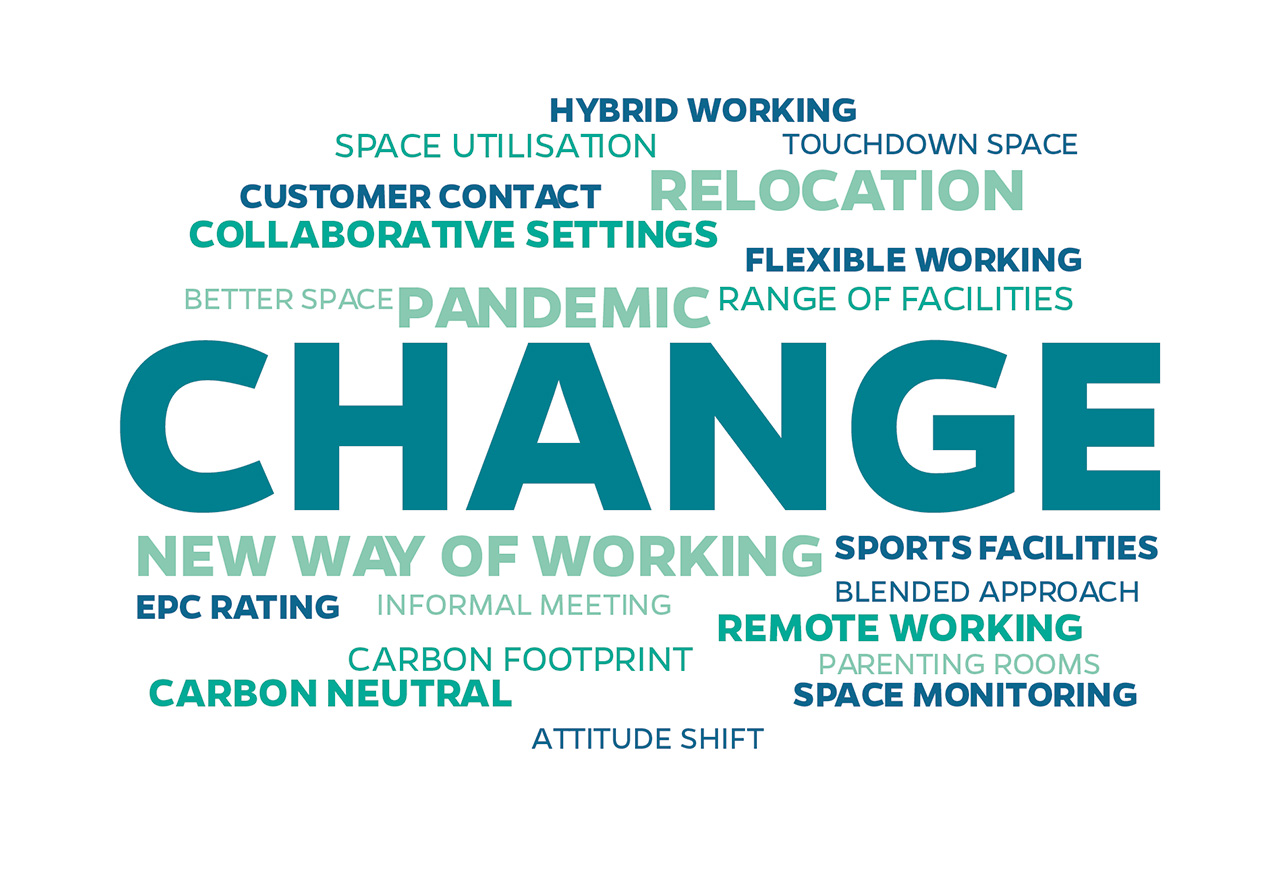
Culture & Brand
It is important to connect the occupier’s business and culture to the brand in new ways. Space can provide a meaningful destination which could act as a totem for the occupier’s brand, by creating a destination for staff connection through places and space and supporting events and activities. Having a strong brand and cultural presence as a foundation is important for evolving our spaces and processes.
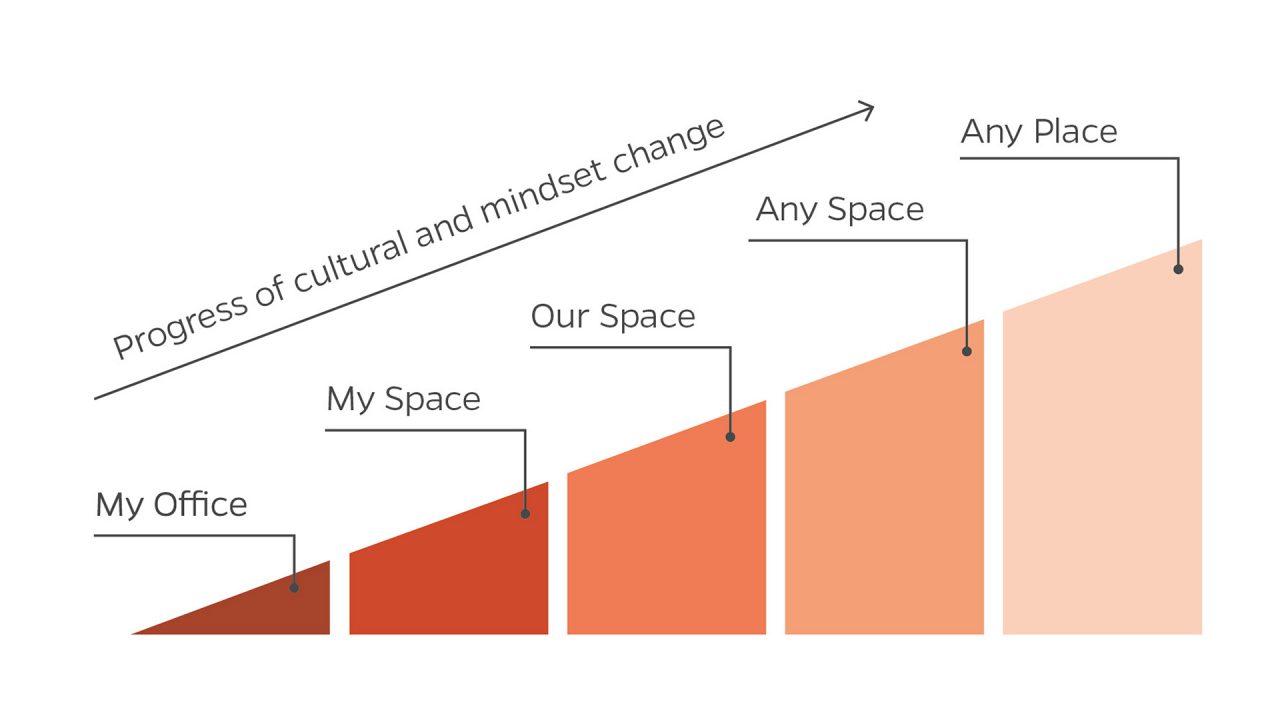
If you would like to read the full report or find out more about the Consultancy service, please get in touch with Tara – t.kursinsky@michaellaird.co.uk or Lucy l.galloway@michaellaird.co.uk.
